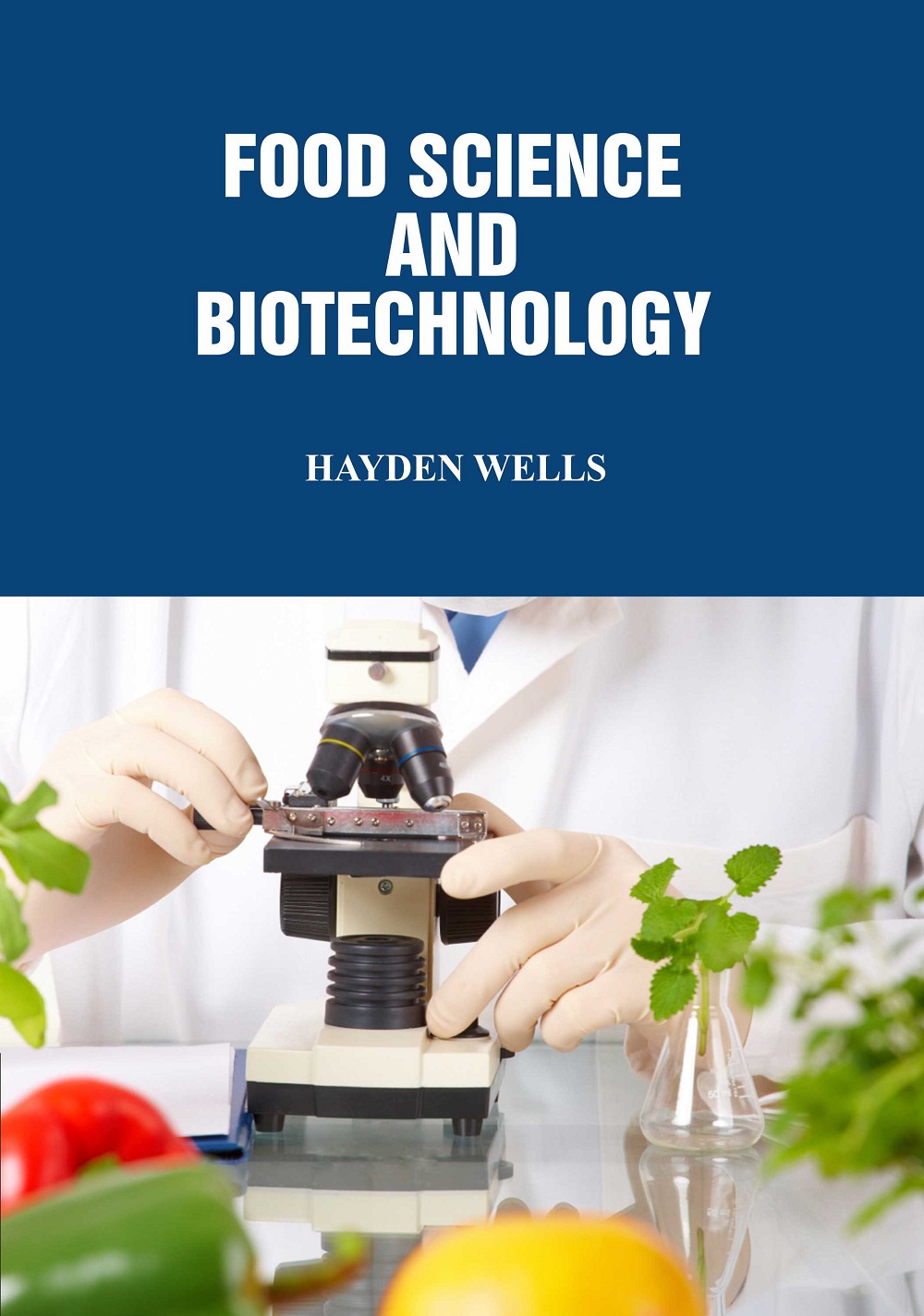Recent advances in phytase thermostability engineering towards potential application in the food and feed sectors
Abstract
This review comprehensively examines the advancements in engineering thermostable phytase through genetic modification and immobilization techniques, focusing on developments from the last seven years. Genetic modifications, especially protein engineering, have enhanced enzyme’s thermostability and functionality. Immobilization on various supports has further increased thermostability, with 50–60 % activity retention at higher temperature (more than 50 °C). In the food industry, phytase is used in flour processing and bread making, reducing phytate content by around 70 %, thereby improving nutritional value and mineral bioavailability. In the feed industry, it serves as a poultry feed additive, breaking down phytates to enhance nutrient availability and feed efficiency. The enzyme’s robustness at high temperatures makes it valuable in feed processing. The integration of microbial production of phytase with genetically engineered strains followed by carrier free immobilization represents a synergistic approach to fortify enzyme structure and improve thermal stability. These advancement in the development of phytase enzyme capable of withstanding high temperatures, thereby pivotal for industrial utilization.

 求助内容:
求助内容: 应助结果提醒方式:
应助结果提醒方式:


